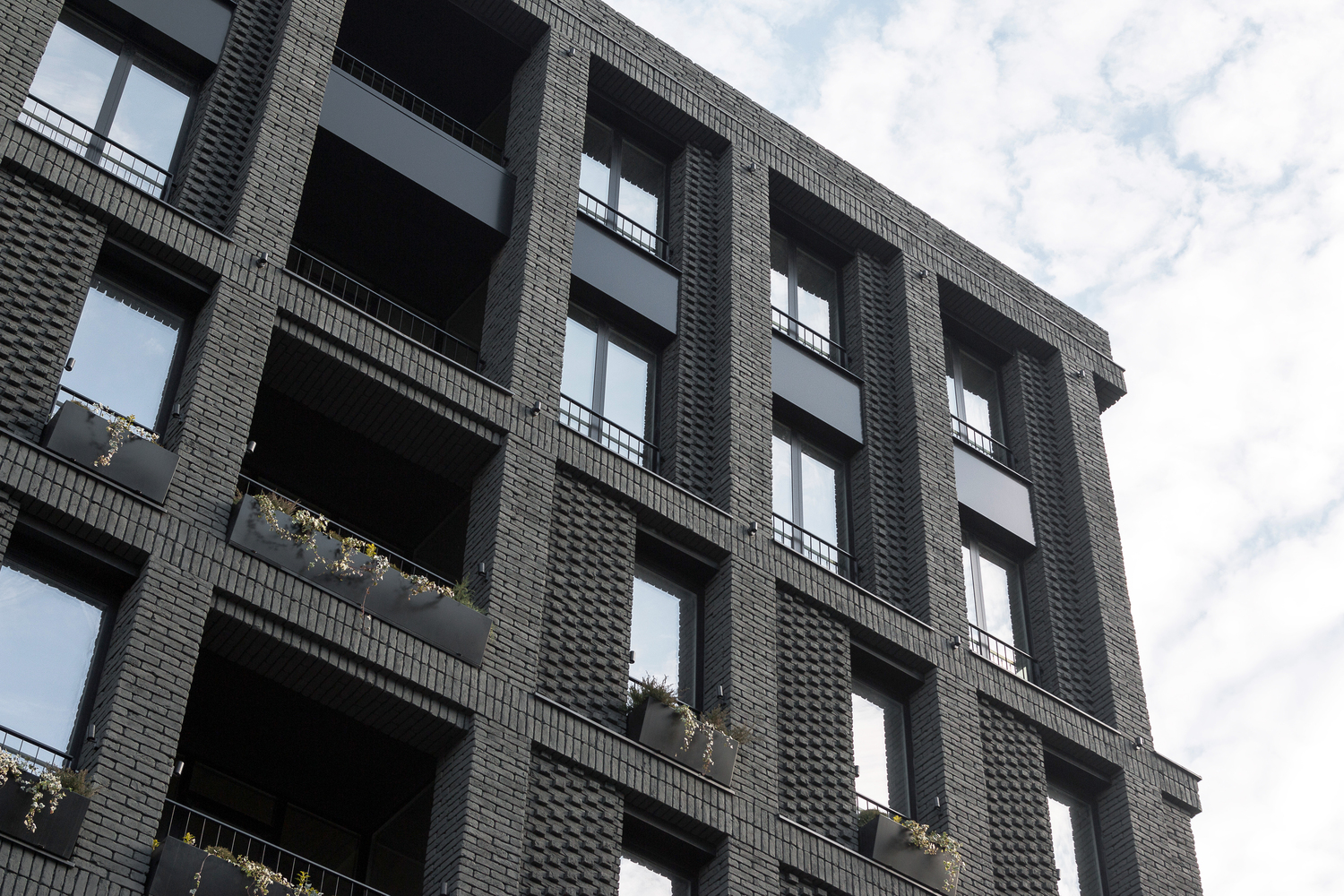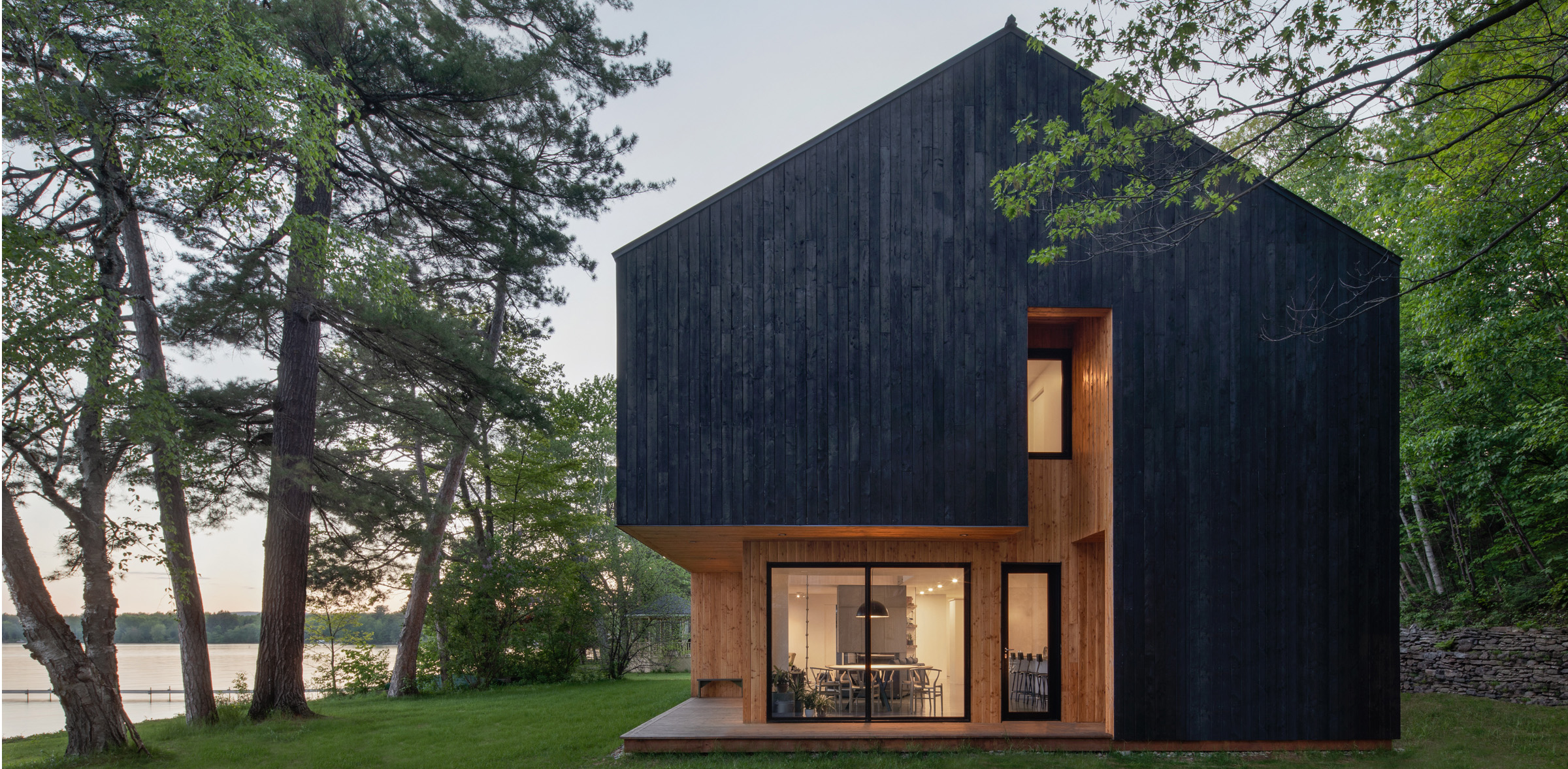Architects: Showcase your next project through Architizer and sign up for our inspirational newsletter.
I had been back in Belgrade for over a year before I stumbled upon the Mia apartment building in the city’s oldest neighborhood, Lower Dorcol. With its understated yet refreshingly bold brick façade, the building presented itself as an enticing invitation to get reacquainted with the vibrant architecture scene of the region. The authors of Mia — the designers of local firm Zabriskie Studio — are among the most prominent emerging voices in Serbian architecture.
I got in touch with the studio’s founders, Vladimir Đorić, Lela Alempijević and Milka Gnjato, to talk through this project and the firm’s broader work, as well as the business of architecture and the role of designers in public activism.
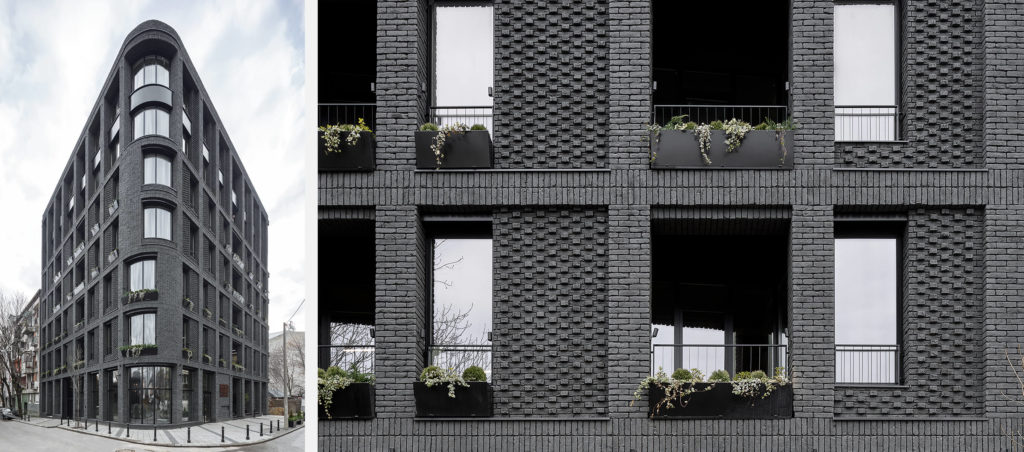
Mia Dorcol, Belgrade, photo by Relja Ivanic
Lidija Grozdanic: Can you talk a little bit about the beginnings of Zabriskie?
Vladimir: Milka, Lela and I are the founding partners of Zabriskie. We were classmates at university. All had extensive experience within the industry before teaming up; each of us worked as an architectural designer in other offices. I spent a few years in public service, and Lela ran her own business.
It’s sort of customary for young studios to establish themselves through competitions. Our path was different. We made it clear from the start we wanted to be market-oriented and our beginnings were thus rooted in the more practical aspects of designing architecture. It’s only been a couple of years since we started entering competitions which brought us critical acclaim and wider recognition among peers.
Even though we never thought of making distinctions between our respective roles in the company, it organically happened that Milka became our Creative Director, Lela our Chief Executive Officer and that I became as Chief Operating Officer.
Lela: At the beginning, as a young firm, we were offering good design as a sort of added value to projects that, initially, were primarily technical. Now we have clients coming to us specifically for the kind of value architectural design can offer, which is incredibly satisfying. That’s what we architects do; we often have to push for good design decisions in small increments and build ourselves into entities with more leverage.
We’ve always found the notion of perfectionism in architectural design to be potentially destructive since it rests on the premise of creating something revolutionary. Our idea of progress, which is well established in architecture, is based on evolution, not revolution.
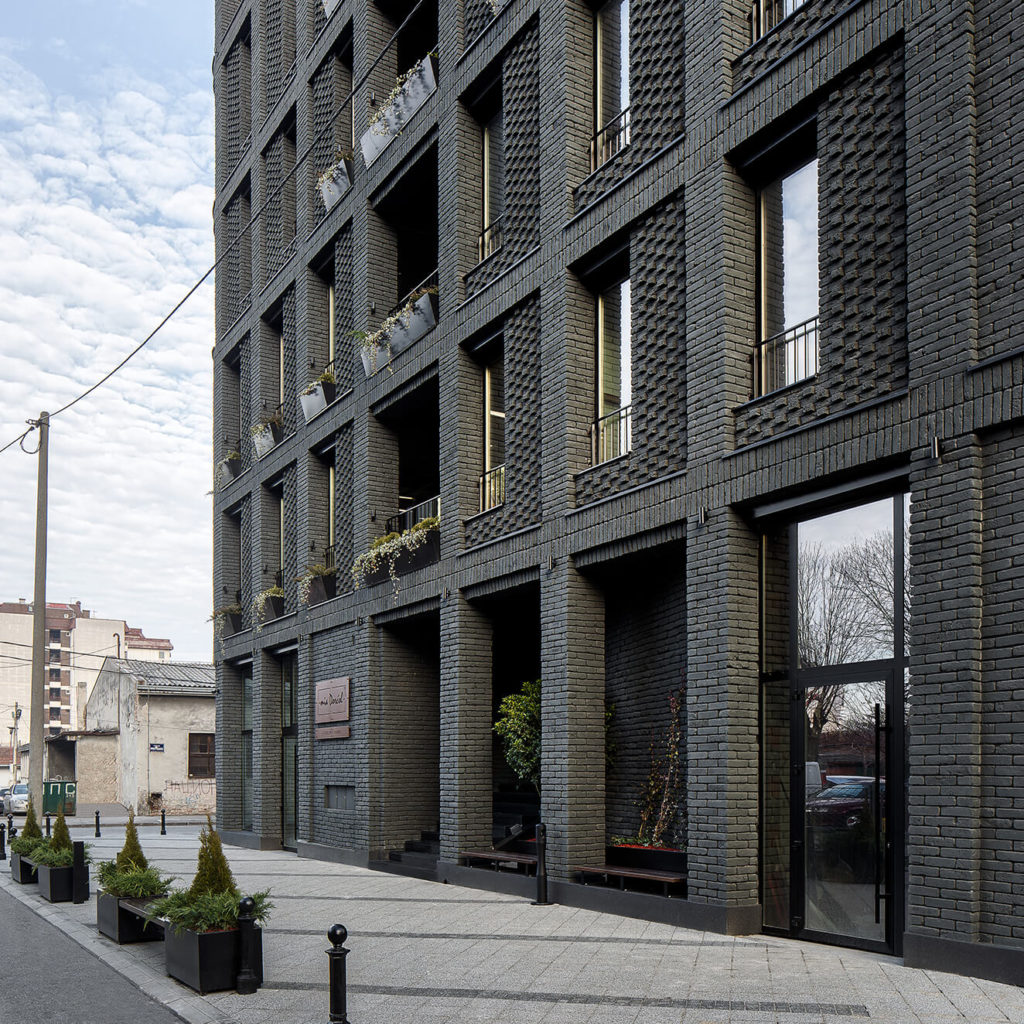
Mia Dorcol, Belgrade, photo by Relja Ivanic
What was the first project where you felt you’ve accomplished most of your design goals?
Milka: I think we would all agree it’s Krfska 13. We were co-investors on the project, which is exactly why we could have more control over the entire process and realize our design idea. Although this was limited to a degree, considering budget constraints, we consider it to be a successful example of pushing the envelope as a young studio just starting.
Vladimir: We call it “an honest house.” (Vladimir smiles).
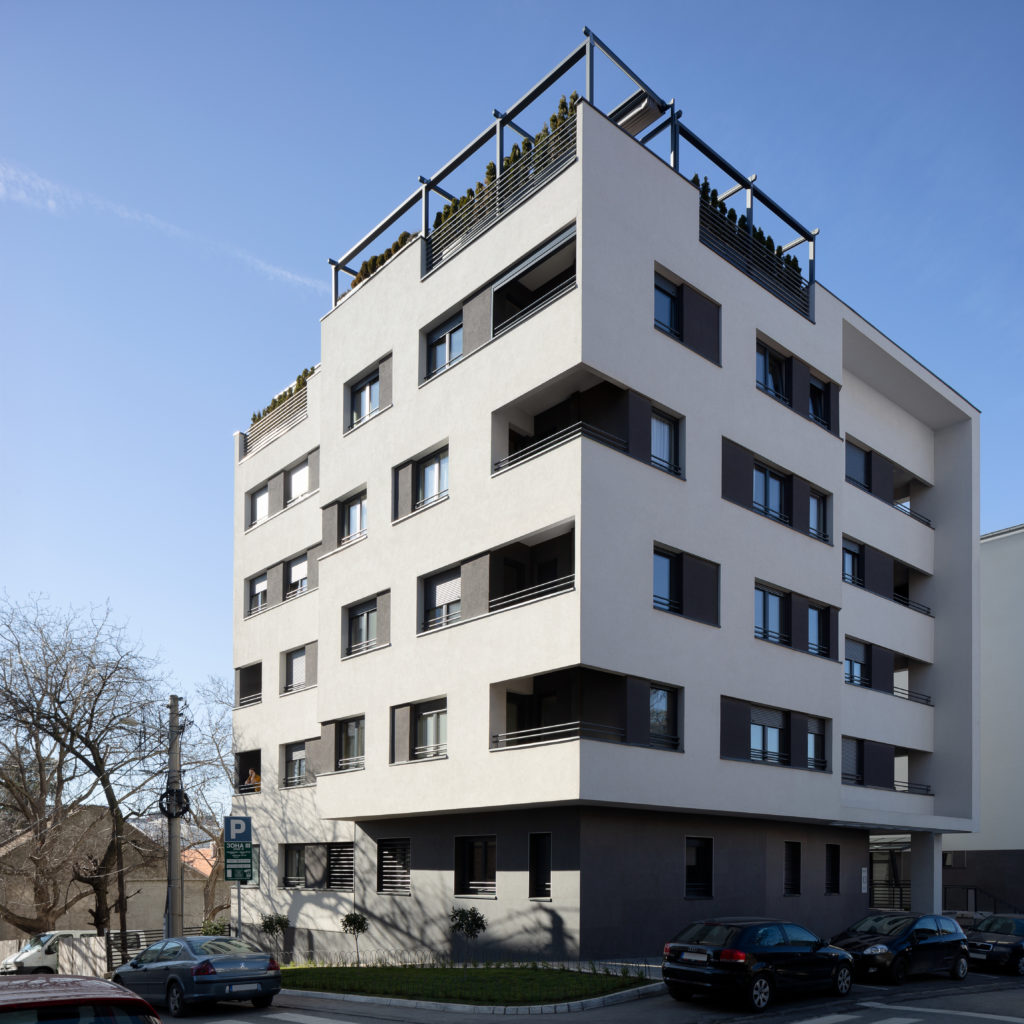
Krfska 13, Belgrade, photo by Relja Ivanic
Was this experience any different from others, considering you were co-investors?
Vladimir: On this project, we learned just how important it is who’s on the other side of the table. The fact that we had a chance to, as co-investors, experience the entire development process first hand made us more aware of all the different factors that influence architectural design, including budget allocation and market demands, among other things.
The architectural community can become a bit antagonistic — it can cultivate an almost adversarial relationship with investors. Through this project, and subsequently others, we became even more aware of the importance of empathy and communication with clients.
Milka: What distinguishes us from many other studios in the region, when it comes to the relationship with clients, is perhaps the fact that we provide consulting services that span planning, market research and offer other practical knowledge that supports the possibility of generating architecture. We’ve all seen examples of great designs that ended up as paper architecture simply because there was a lack of practical knowledge.
Lela: What we as architects need to acknowledge is that architectural design is added value to investors. It is our job to push for that value as hard as we can but remain aware of the primary drivers of the industry.
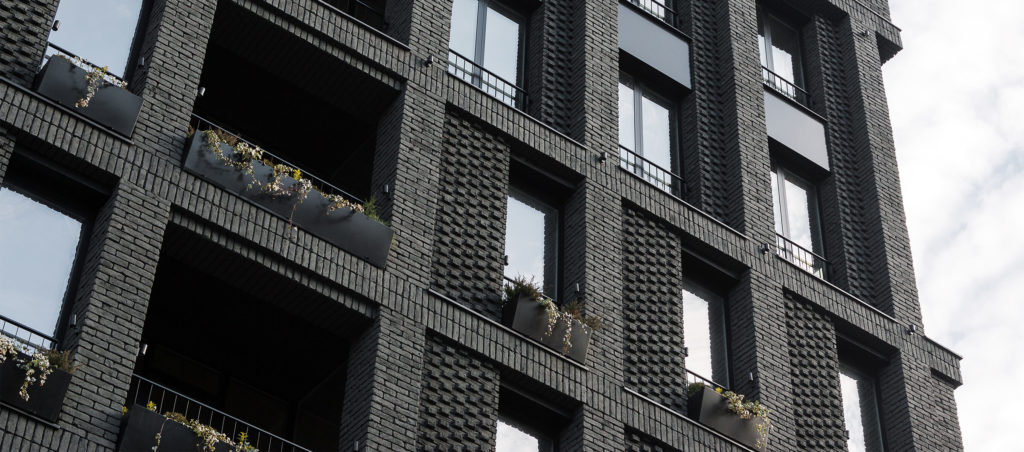
Mia Dorcol, Belgrade, photo by Relja Ivanic
One project that seems like a great example of the marriage between market demands and outstanding architectural design is Mia Dorcol.
Milka: That was due primarily to a great and rather unorthodox collaboration with the developer. He was extremely open to experimentation and encouraged us to come up with “brave” design solutions. The design is deeply rooted in the historical context of the location. Right across the street from Mia is the Warehouse of Nikola Boskovic Bank, a protected historic building with an industrial legacy that dates back to the beginning of the 20th century. Mia’s façade is a sort of reinterpretation of that heritage; it is a reminder of the process of industrialization that captures that pioneering spirit through the use of recycled brick. We went through a long process of experimentation with brick- the shapes, coloring, patterns, depth, etc. The plan is also unusual for a commercial open space as it features a permeable border between the inside and outside, which allows it to feel like a kind of public living room.
Vladimir: Mia has had a considerable impact on our work, especially since it was nominated for the Mies Van der Rohe Award and won the prize awarded by the National Association of Architects. Even more fundamentally impactful is that it garnered a landmark status that is changing the way the public and investors see that part of Dorcol.
Lela: It was a great reminder to investors in general that the value of good design can have very measurable, tangible effects.
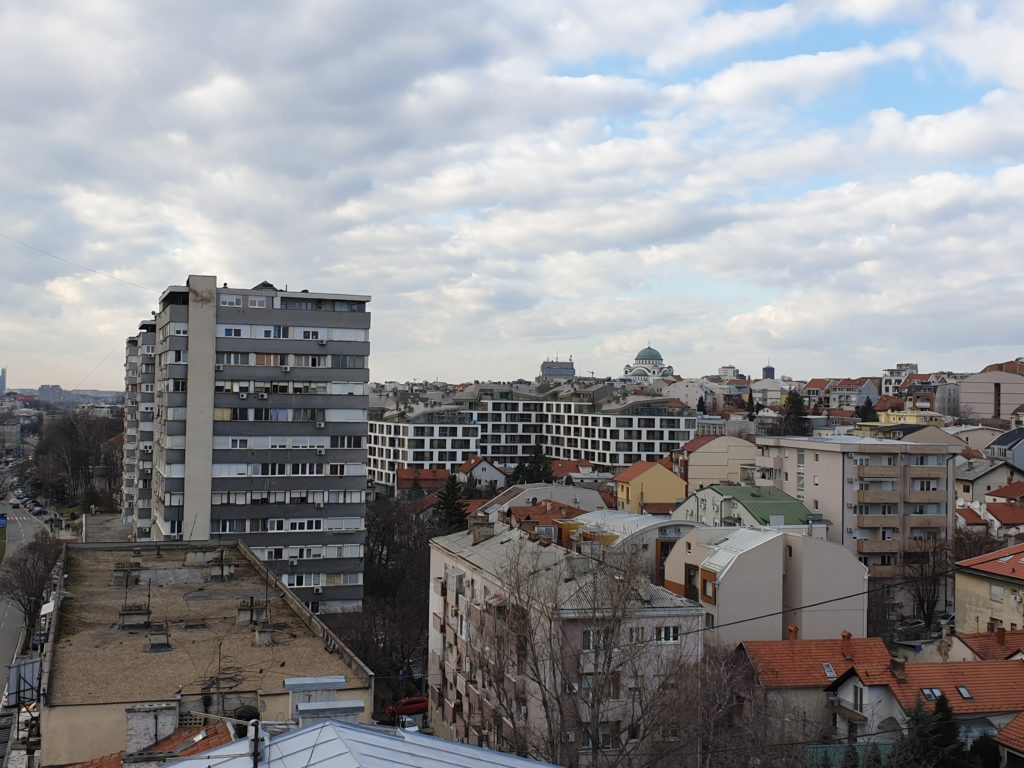
Merin Hill, Belgrade, photo by Milos Smiljkic
That touches upon a prevalent pain point among architects — the initial lack of business acumen. Architecture schools, in general, are still to incorporate business classes into curriculums in a significant way. What were your experiences as emerging architects?
Lela: As a young architect, first you have to realize, often painfully, that you need to get better at the business side of things — then you try to figure out how to do it. Our goal is not to become a corporate environment focused solely on numbers, but we recognize the need to become more efficient. For example, we are learning about project management along the way, and we hired a business consultant to help. I believe that established schools are recognizing the need for teaching business skills to architecture students, but it takes time to catch up.
Vladimir: One of the projects that was groundbreaking for us in that sense is the soon-to-be-completed commercial and residential complex Merin Hill in Belgrade. Its scale alone made us recalibrate our tools, and these lessons informed most of our subsequent projects.
Lela: It was a sort of David-versus-Goliath situation that educated us on all the technical, legislative and financial issues that we haven’t had the chance to learn about before.
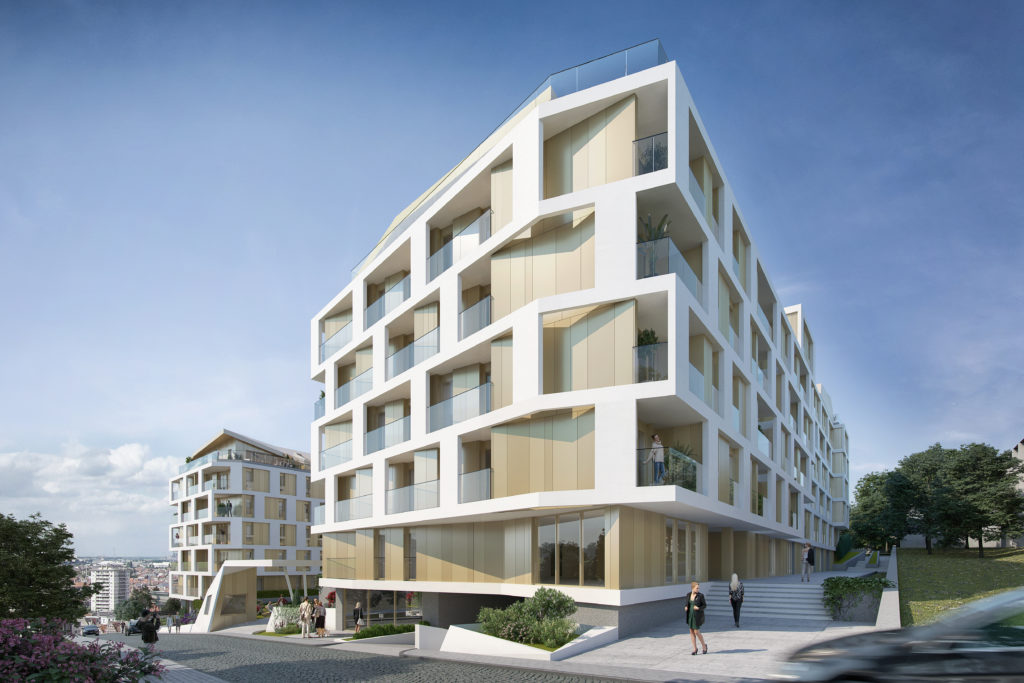
Merin Hill, Belgrade
A few years ago you won first prize in the prestigious competition for the new KOLO building on Kosancicev Venac in Belgrade. How do you characterize the significance of architectural competitions in Serbia?
Milka: There is a deep rooted flaw in the system that prevents these projects from getting built. The turbulent history on the region has affected… sometimes it seems we are not good at learning from our mistakes.
Vladimir: I would add that we, as architects, can be quite inert when it comes to engaging this topic on a large scale; we rarely involve media in any structured way, and sharing information with the community is scarce. The exchange of knowledge and opinion among peers and the public is what is greatly needed for us to shift things in the right directions.
We also need to build awareness about the broader scene in Serbian architecture, which is becoming increasingly vibrant and includes strong design voices. What sometimes upsets us is when investors hire foreign design studios for projects built in Serbia because they’re unaware of, or lack trust in the creative potential this part of the world has to offer. Architects also need to be more prepared to engage the media to share the truth about our profession.
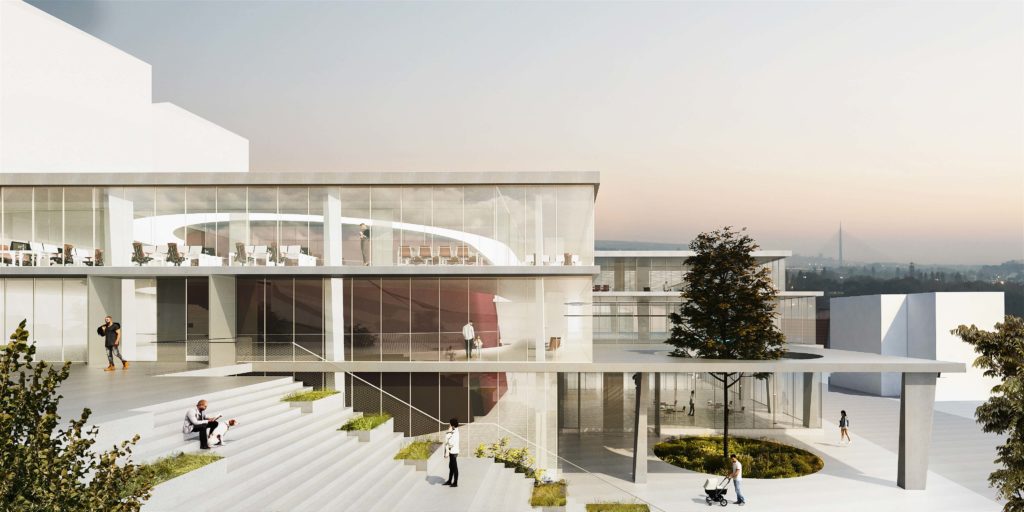
Kolo Kosancicev Venac winning competition proposal
How do you see the role of public activism in architecture today?
Milka: The sometimes vitriolic reaction of the public to the seemingly uncontrolled and overwhelming building trends is not endemic to our region. This response is happening all over the world, and I believe it is partly a reaction to wider political, economic, social and cultural shifts taking place, as well as how liberal capitalism affects the way our cities are built. Urban planning is experiencing a crisis, not just in Serbia but in many other countries.
Lela: As professionals whose work affects the built environment, we should and do expect a high level of scrutiny when it comes to our designs. However, this needs to be based on competency and research; otherwise, it becomes meaningless. Systems that protect the rights of any individual or legal entity need to be failsafe- otherwise, public activism can quickly turn into a kind of terrorism.
Vladimir: Public activism is vital in the city-building process; I myself have been a participant in some. We need workshops, panels, venues where all actors — architects, investors, activists and media representatives — can meet and exchange information. That way, if exceptions are made, they will surely be made based on expertise and expert opinions, devoid of ideological connotations.
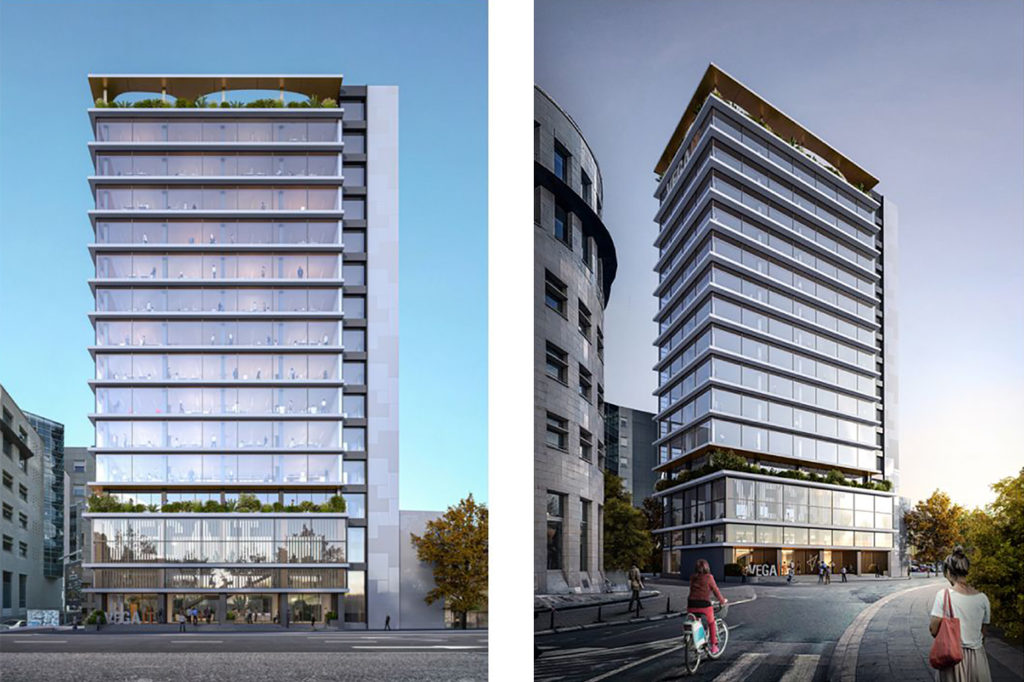
Vega IT HQ Competition proposal
On a final note, how did you fare through the first few months of the pandemic and having to work remotely? Unfortunately, this has become a commonplace question, but so far, the answers I’ve received from creatives and business owners have been surprisingly varied.
Lela: Actually, that entire period made us look more closely into optimizing our workflow — the flaws of our current setup and ways of changing it. If one can talk in any way about silver-linings in a terrible situation like this one, I would acknowledge it as a catalyst for change in terms of how we run our studio. It reminded us of the need to reevaluate our work on a more regular basis, which we plan to do in the future. Thank you!
Architects: Showcase your next project through Architizer and sign up for our inspirational newsletter.
